Wakkanai. Cape Soya: The Far North Rhapsody of Four Tickets (Part 2)
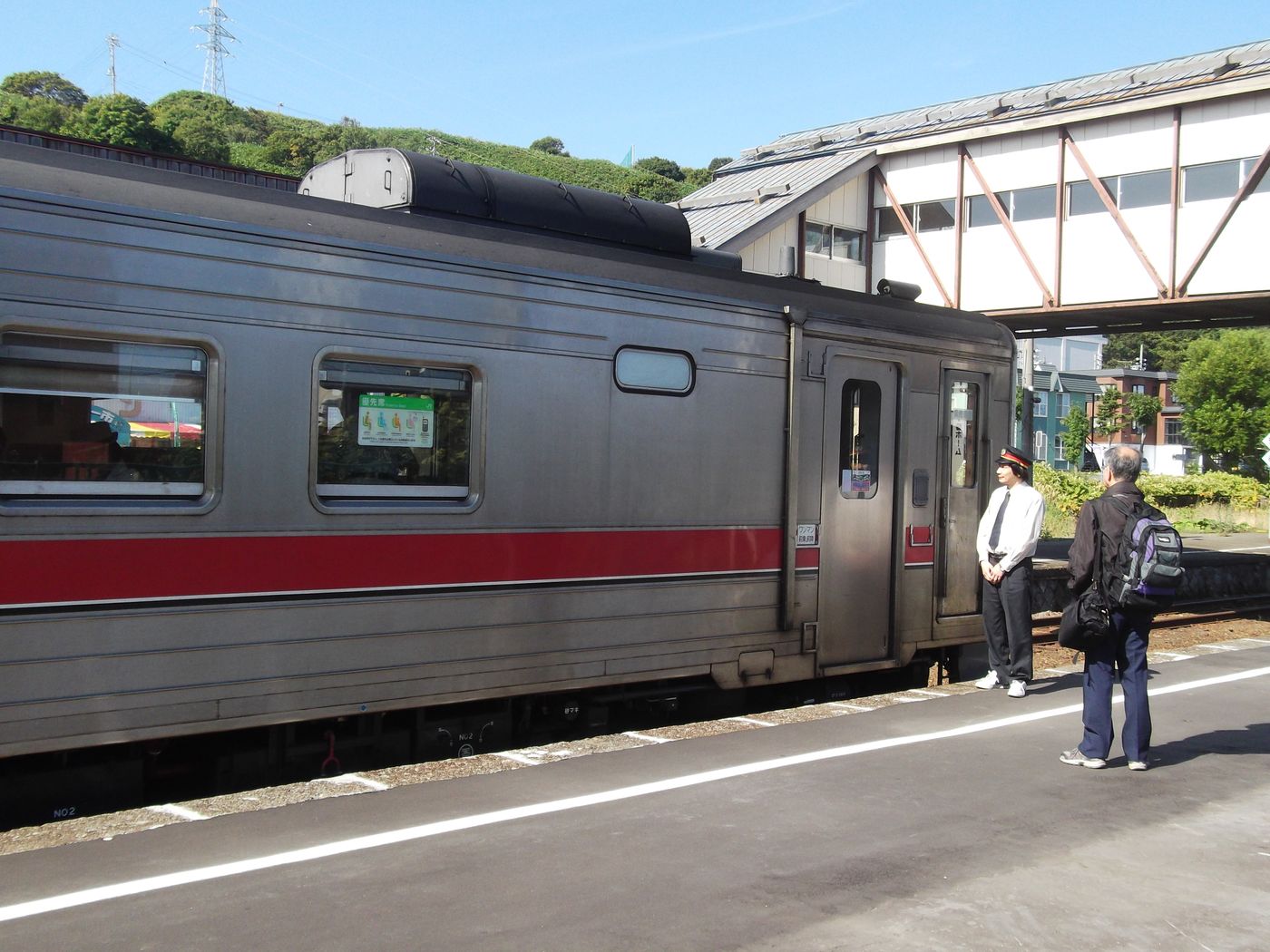
The area around Minami-Wakkanai Station is the center of Wakkanai City. In 1922, the original Wakkanai Station was established here. With the opening of the "Wakkanai Port" (Wakkanai Port and Kata's Otari Port) the following year, the railway was extended to Wakkanai Port Station, which is closer to the port. In the late 1930s, the original Wakkanai Station was renamed Minami-Wakkanai, and Wakkanai Port Station became the current Wakkanai Station.
The next day, I happened to catch the earliest train to the northernmost station. The new post house, which was only opened in 2011, stands in the north of the border, where an average of 100 passengers get on and off every day, and most of the railway fans come to the pilgrimage.
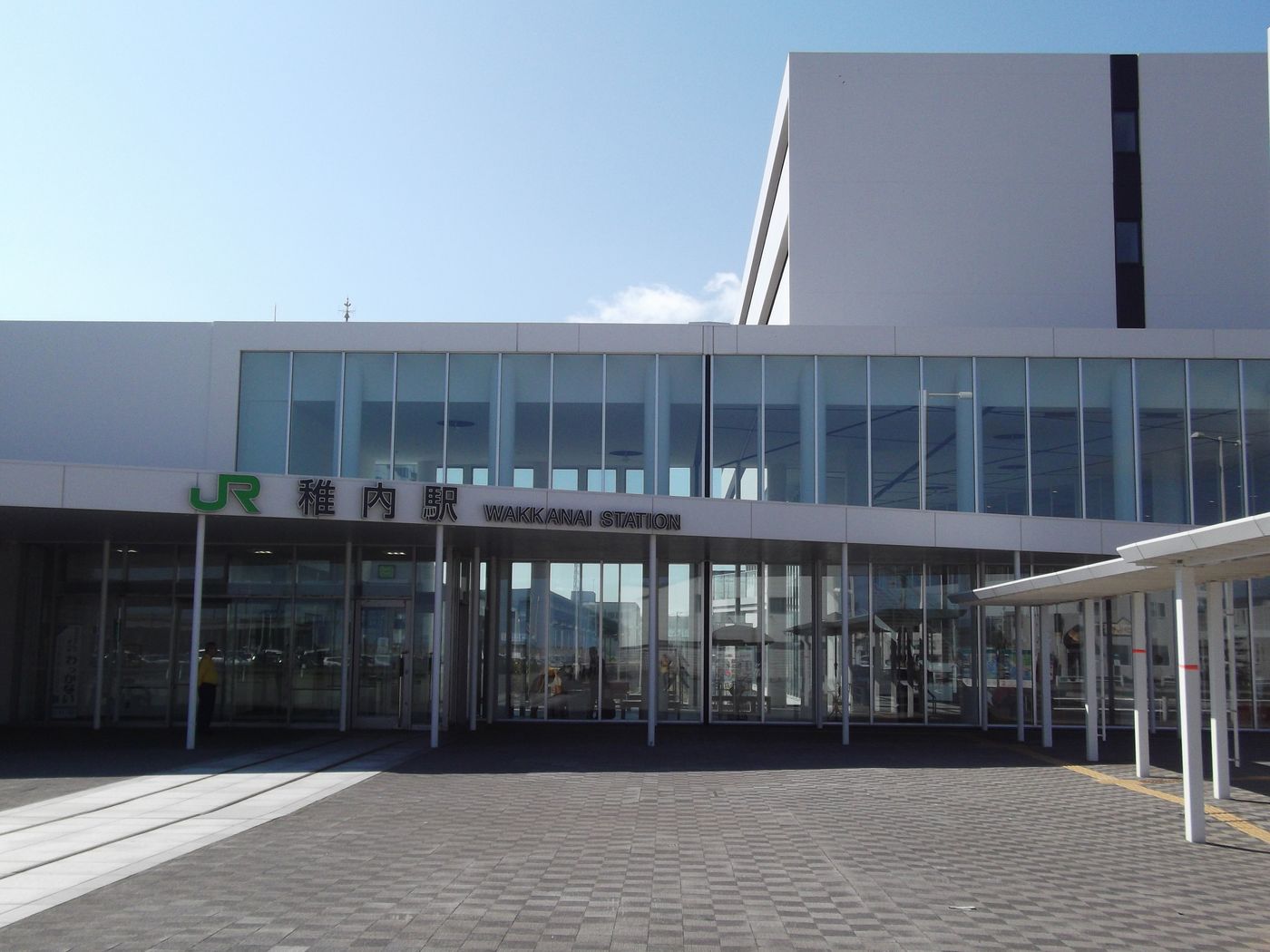
No matter where you move to the far-flung Northland, it is not like a few steps or a hundred steps in the metropolitan area, but a distance of hundreds of steps, or even a few tens of car rides away. The sparsely scheduled route bus was taken to Cape Soya, the northernmost point, and it was noon when I got off the bus.
The "Monument of the Northernmost Land in Japan", which is located at 45°31'22'N, symbolizes the corner of the North Star and also a cone-shaped landmark that means "peace and harmony". Harlem Island, also known as Huatai in Japan and Sakhalin Island in Chinese, the shortest distance between capes and capes is only 43 kilometers.
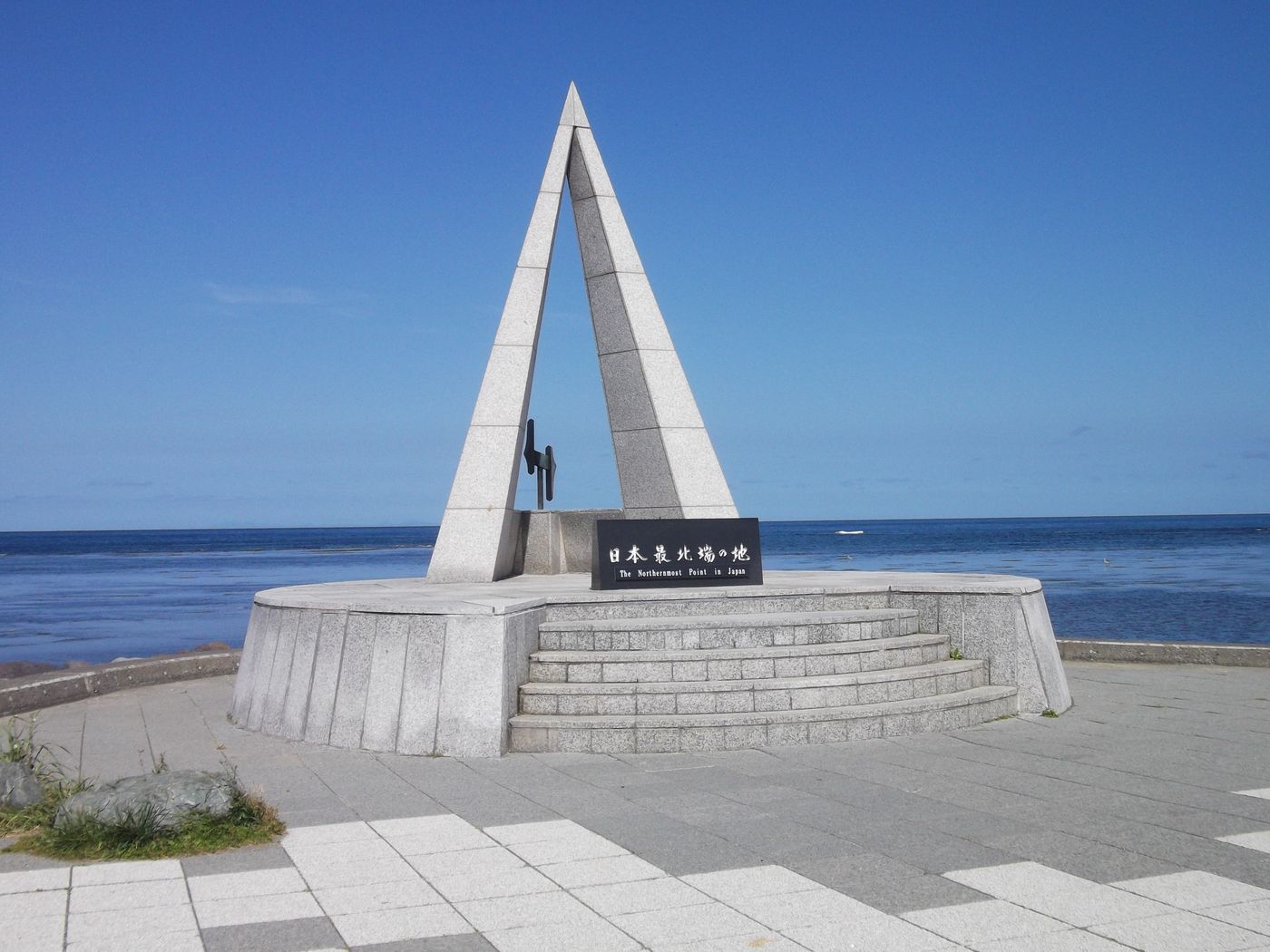
If the weather and vision are clear, you can even see the shadow of the island of Sakhalin. It's the day, the blue ocean is sunny, maybe it's not the best time for weather and vision for the northern limit. Later, I learned from a certain Hokkaido expert that in order to see the shadow of the island, in addition to the excellent weather, you also have to gamble on character.
Two or three tourists, standing or sitting behind the circular pedestal of the monument, in a lazy posture, accompanied by the sea breeze and the autumn sun, enjoying lunch. On the left side of the Zongya Strait, is the Tatar Strait, which separates Sakhalin Oblast and Russia's Primorsky Krai.
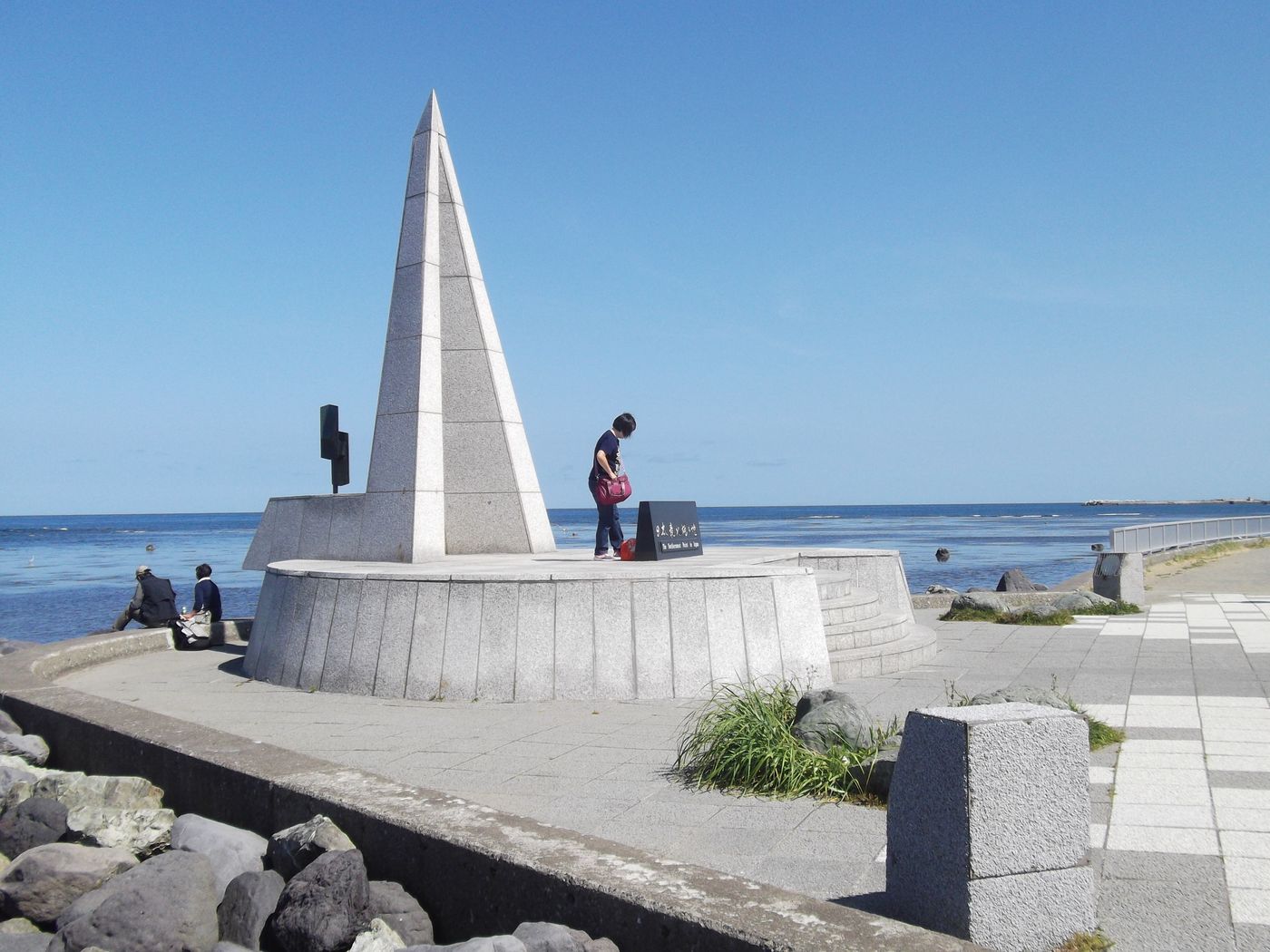
At the beginning of the 19th century, Mamiya Linzang went north from Zonggu to Huatai, and went on an expedition with the "Shandandi" (lower Heilongjiang), which was still under the control of the Qing Empire at that time. The Inu tribe was unable to advance or retreat. Finally, under the guidance of the Ainu chief, they found the nearest air route and arrived at the "Manchu Administration" in the Shandan area. The actual situation of the tribute to the mink and the reward of Wulin” (contributing mink in exchange for wealth and silk).
Through Mamiya's northern exploration experience, it was confirmed that Kata and the mainland are a large island separated by a strait, not a peninsula connected to the mainland, so the Tatar Strait is also called the Mamiya Strait in Japan.

The bronze statue of Mamiya, not far from the monument at the north end, looks at the other end of the strait. This bronze statue was built after the war to commemorate the 200th anniversary of the birth of Mamiya. The young man who is not yet established, shouldering the mission, full of dreams and courage, crossed the sea to explore the unknown realm of the extreme east of Asia, and left behind the achievements of geographical discovery and the spirit of adventure. The image of the pioneers of continental expansion and management of Manchurian Mongolia has disappeared.
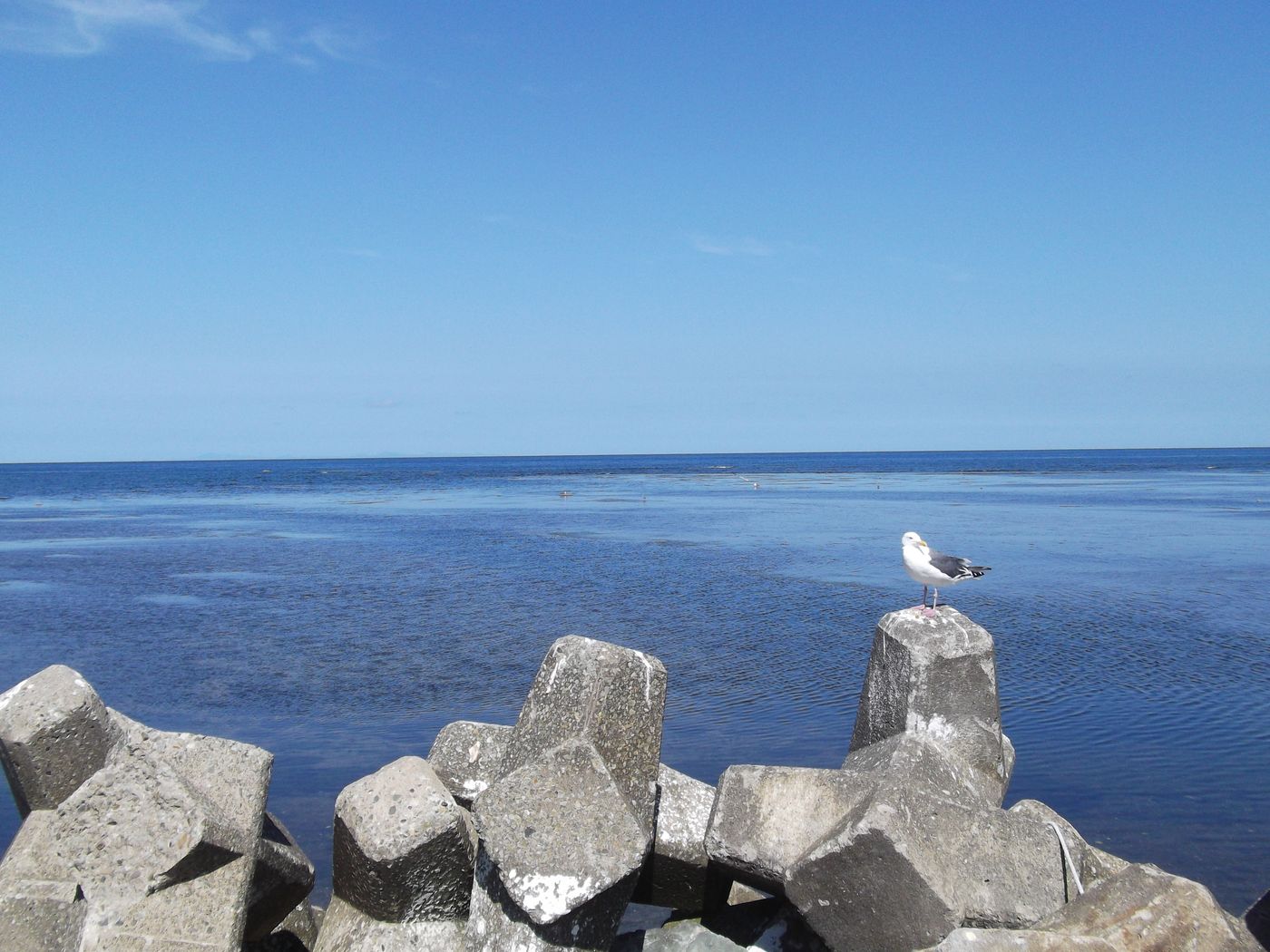
The sea cats that temporarily live on the wave-dissipating block may be passengers who often travel between Zonggu and the other side of the land. They do not need a visa when they stay there, they do not need to be examined when entering the country, and they do not have to worry about switching languages across the border. In such a northern realm, "to the north" is often actively sold to foreign travelers locally, and to encourage their consumption, such as "the northernmost canteen", "the certificate of reaching the northernmost", "the northernmost restaurant" Railways and Stations".
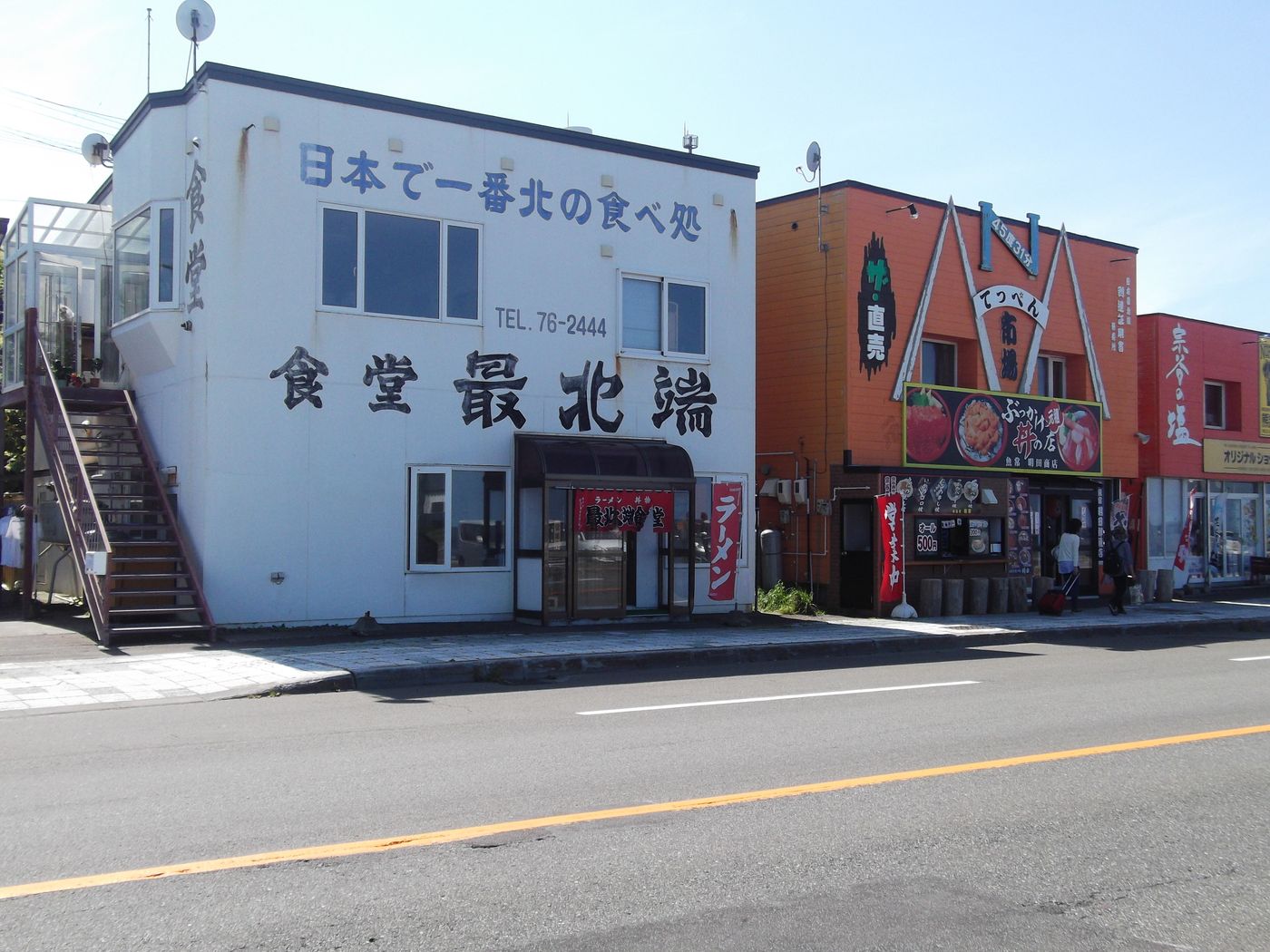
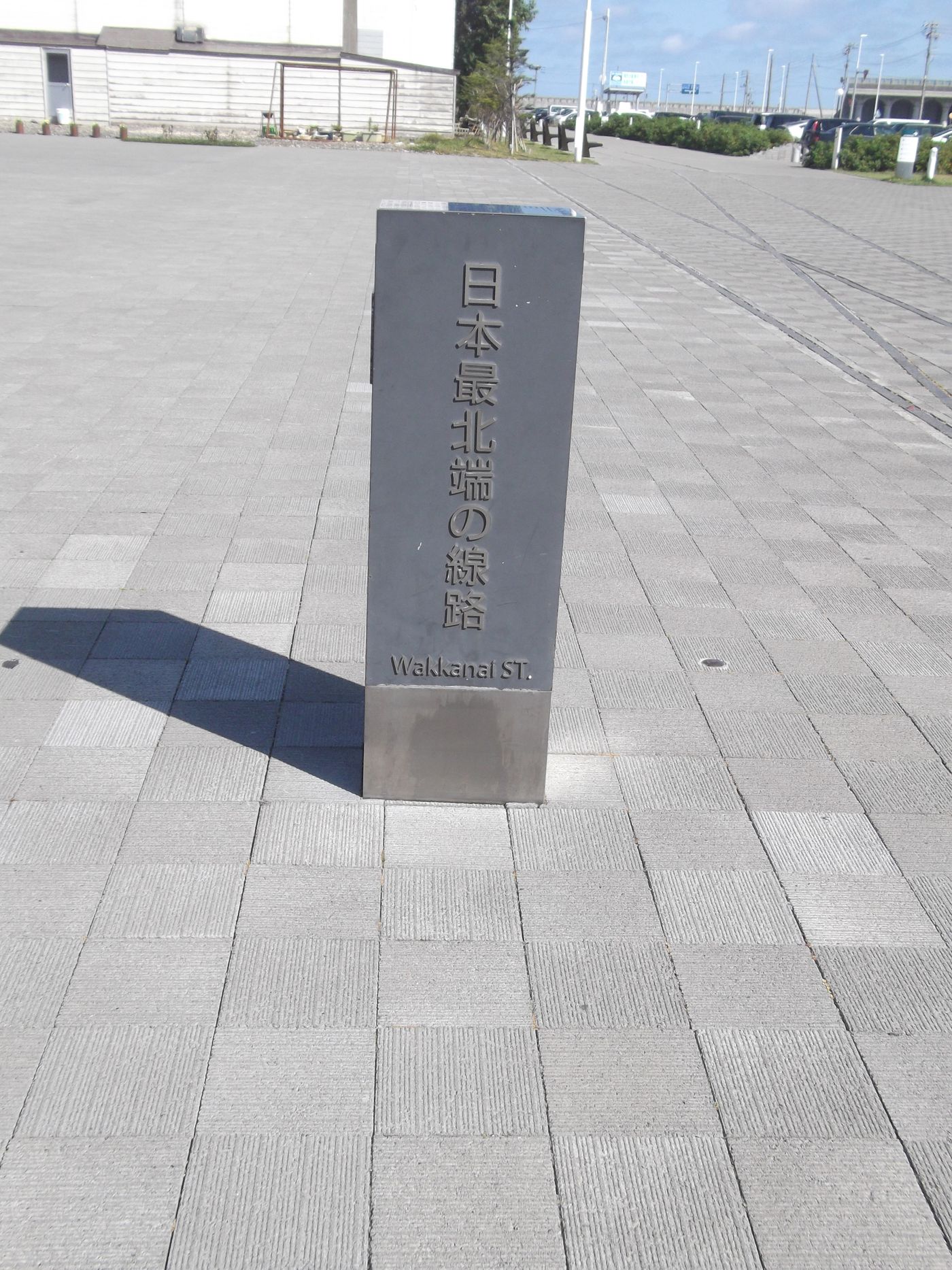
I am far north! don't you buy it? If I don't sell this, what am I earning?
In the rustling sound of the sea breeze, I seem to hear the city of Wakkanai, constantly emphasizing its own north to travelers, for fear that travelers will not know that this is the extreme north of Japan.
I didn't come here to consume the north side of the city, mainly to find your story. The mainland exploration site starting from Cape Soya; before World War II, the passenger and cargo ship classes in the two places were in the heyday of your port; the historical sites and inscriptions located at the highest point of Wakkanai Park are also in August 1945. , The Japanese and Russian armies clashed between the Soya Strait, and the civilians caused tragic casualties on the way to the mainland.
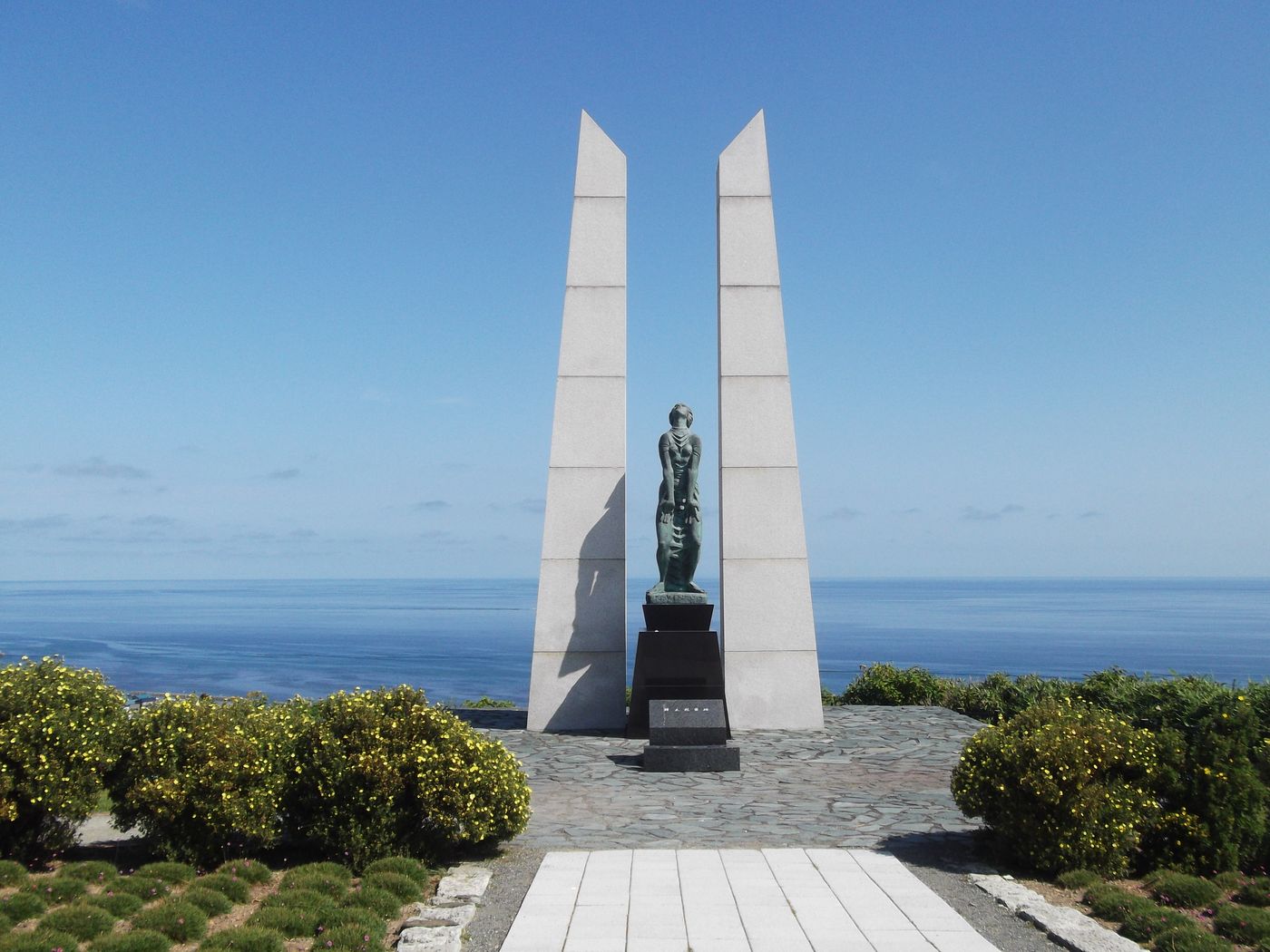
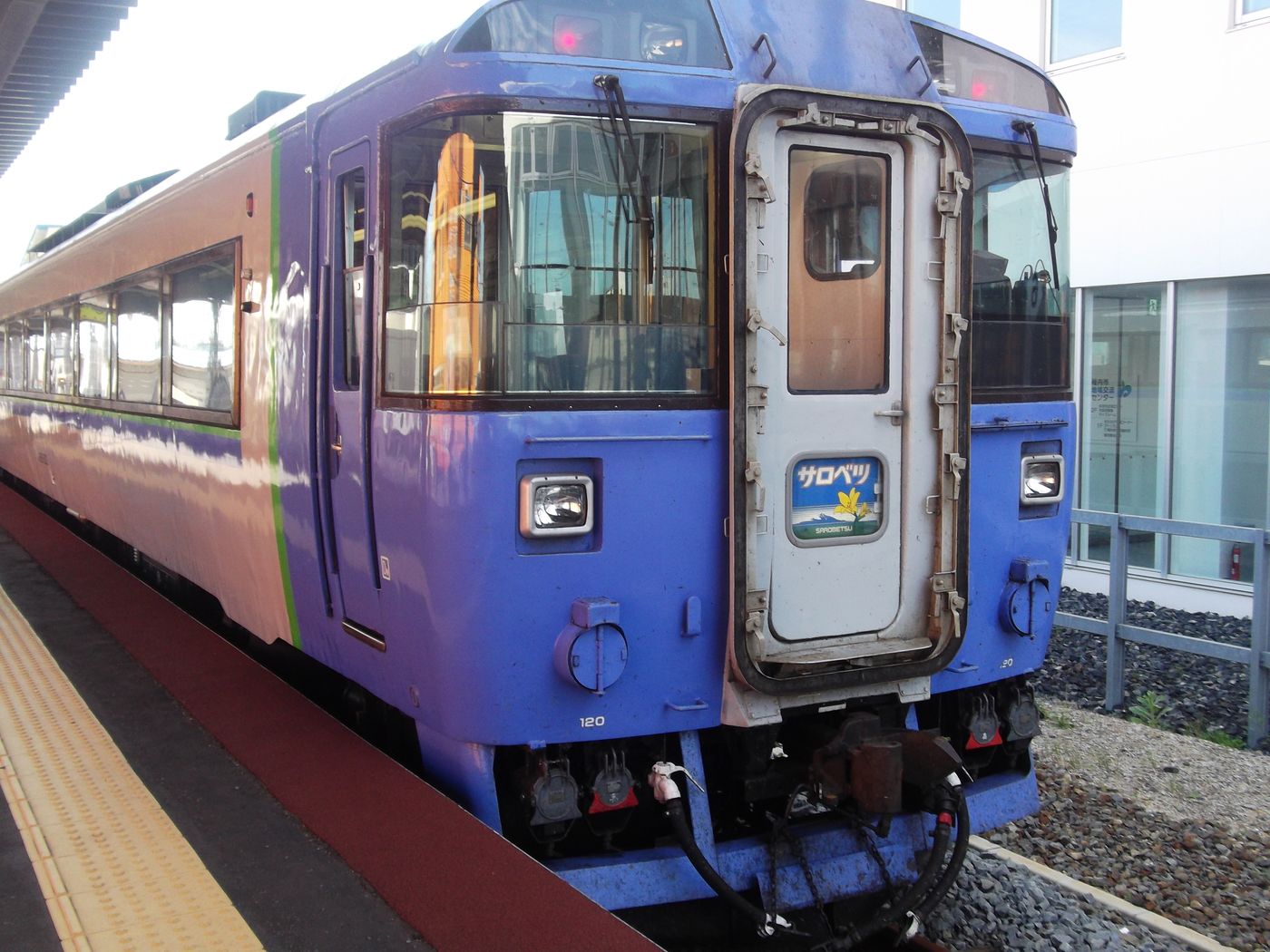
In the afternoon, when the limited express train went south, I couldn't hear the sharp noises it made to remind the wild animals playing hide-and-seek among the railways. The window seat was drawn down, and the mobile room filled in the regret of not being able to see the coastline, pastures and straw rolls outside the car window. The fast-moving train did not have time to use the mobile phone to capture the herd of dairy cows running, lying down and rolling on the pasture in the distance.
When the lanterns first came on, I stayed in a youth hostel in Susukino, the bustling street of Sapporo, and stayed in the world for one night. The next morning, I ran to the ends of the earth again, destination: Nemuro Strait.
If, you ask me, do you have to buy four more tickets for such a northerly trip? No, there are no more four tickets to buy. Maybe when I come here again, this northernmost railway will be abolished. And is there any chance to come again? I do not know either.
- Appreciate Citizen 2.0 Subscription Sponsorship: https://liker.land/cathytsai/civic
- A Buddhist fan who doesn't work hard on Facebook: " Those things travel history taught me "
- You'll see me here too:Checkered VOCUS | Medium | BBS MARKET
- If you want to cooperate, you can come to me here: misiaa2001@gmail.com
- Welcome to my share referral link: MAX Exchange | Noise.cash
Like my work? Don't forget to support and clap, let me know that you are with me on the road of creation. Keep this enthusiasm together!


- Author
- More